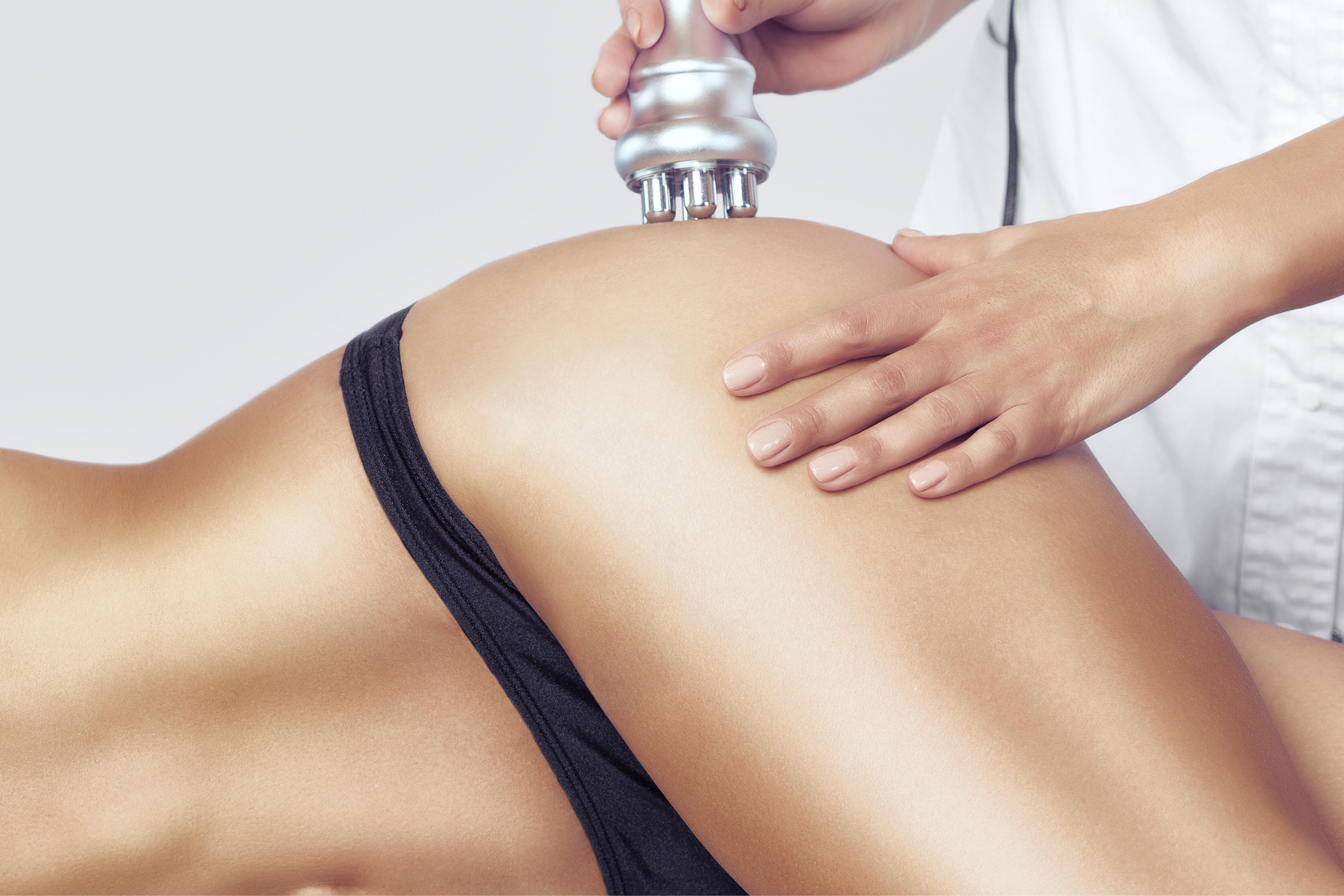Exploring the latest options and benefits
Cellulite is not just an issue for menopausal women or individuals of a particular weight. According to the National Institutes of Health, it’s a skin condition that actually affects 90 percent of women and 10 percent of men – but as an aesthetic provider, you can help.
There are many treatment options available, but for any treatment, you have to choose the right candidates. Look for dimpled or irregularly contoured appearance of the skin on the thighs, stomach, and buttocks. As with any elective procedure, clients with chronic illnesses and use of anticoagulants (blood thinners) or chemotherapy should avoid treatment.
As collagen production is an important component with all of these treatments, as we get older our bodies have a lesser response to these treatments because one’s ability to produce collagen and mount an inflammatory response goes down. In that case, the esthetician needs to counsel older clients to go in with a mindset that it may or may not work the way they want it to. Or, it may work but more treatments may be required. We can’t beat the biology of poor collagen production.
What are the preferred treatment options?
Cellulite is created by the complex way different tissues in the body interact with each other. Fibrotic collagen bands tether the skin to underlying structures creating dimples. Fat cells surround and push against these bands making the dimples more prominent. Lax skin serves to further exaggerate the appearance by falling into the dimpling. Available treatments try to target these tissues in different ways.
Non-invasive treatments
Microwave treatments address all of these contributors. By reaching high temperatures in the subcutaneous layer, it dissolves the bands, destroys the fat cells, and stimulates collage in the dermis for better skin integrity. Because of their unique interaction with tissue, the treatments are more comfortable than most.
Radio frequency devices reach the subcutaneous layer, but heat from the outside in. Therefore, their main mechanism of action is stimulating collagen production in the skin and hiding underlying pathology.
Ultrasound treatments work primarily withing the dermis, again stimulating the production of collagen.
Invasive treatments
Subcision involves using a sharp instrument to cut the collagen bands just under the skin
Injectables include the biostimulators poly-L-lactic acid (PLLA) and calcium hydroxyapatite to stimulate collagen production in the skin and mask the underlying cellulite.
Many people incorretly think that Cryolipolysis is a treatment for cellulite. While using cold temperatures does break down fat cells, it has little to no effect on the dimpling of cellulite.
Managing expectations and results
Managing expectations of body treatments can be the most difficult part. It is important to talk with your client and be clear about anticipated outcomes. Don’t overpromise. Be careful about treating people with unrealistic expectations or body dysmorphia. Additionally, as weight loss medications gain popularity, cellulite and body contouring procedures can be of great benefit. I would caution clients against spending money on these treatments until they’ve completed at least 75 percent of their weight loss goal.
Maintaining a healthy lifestyle will be your client’s best bet to protect their treatment results, but cellulite is a progressive condition that worsens with age, so likely a maintenance program with supplemental treatments every six months to a year will also be beneficial.
Whatever cellulite treatment regimen you decide to offer, you’re helping make your clients more confident and comfortable in their own skin.













